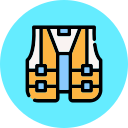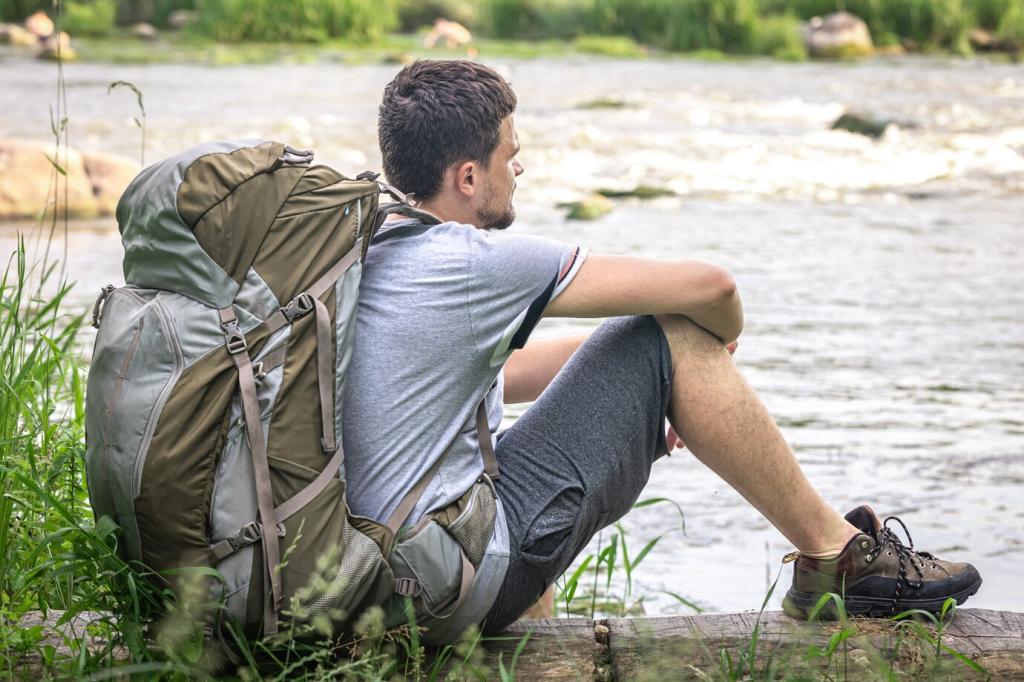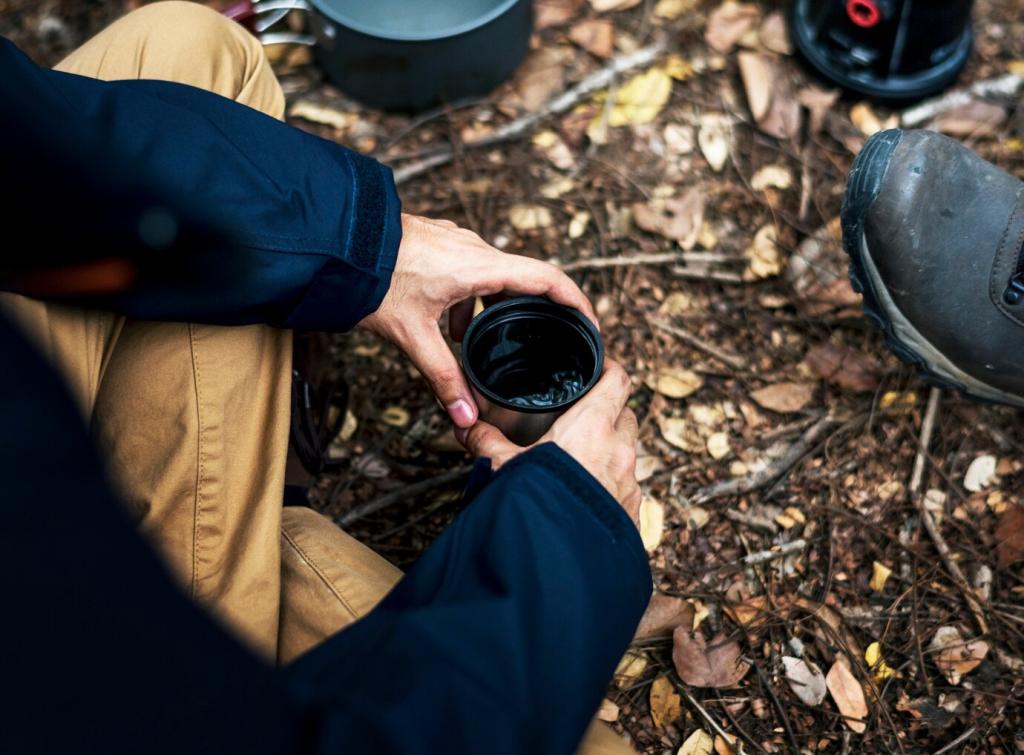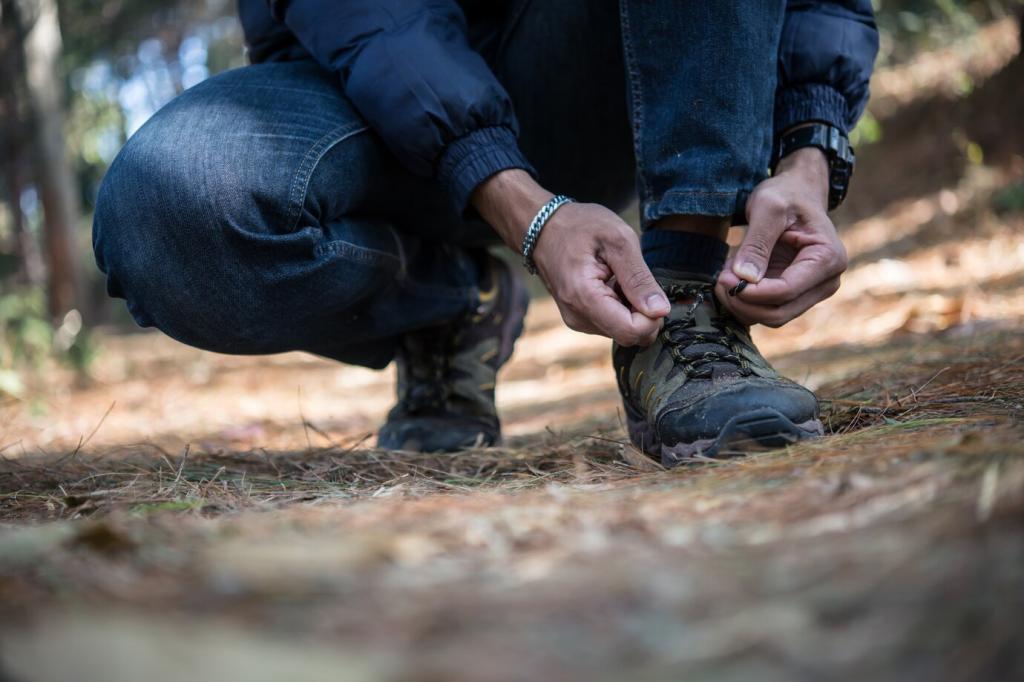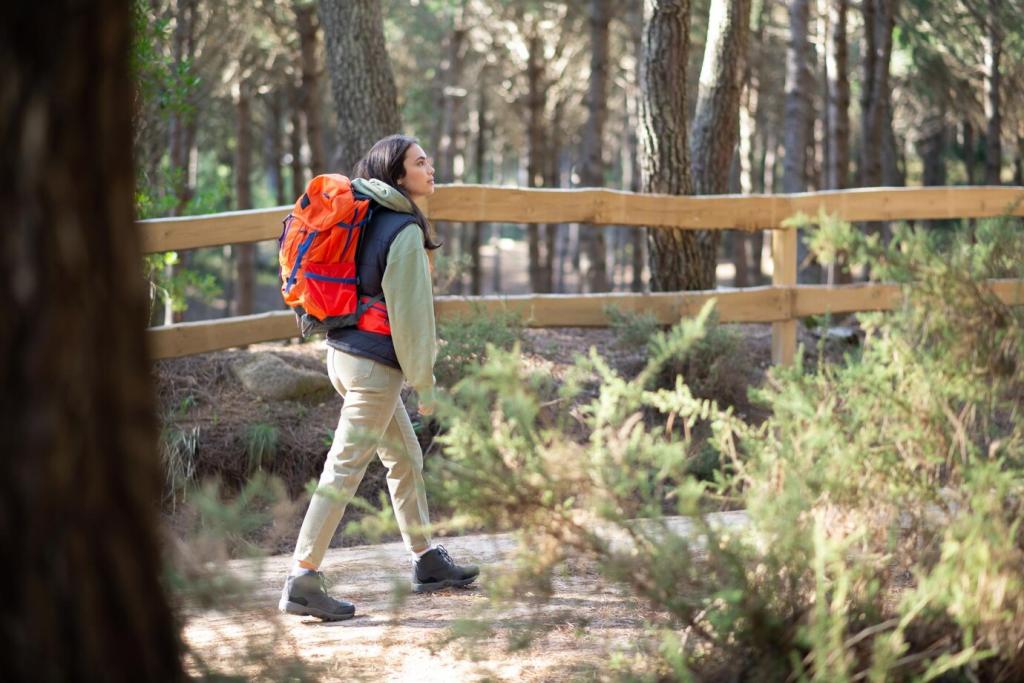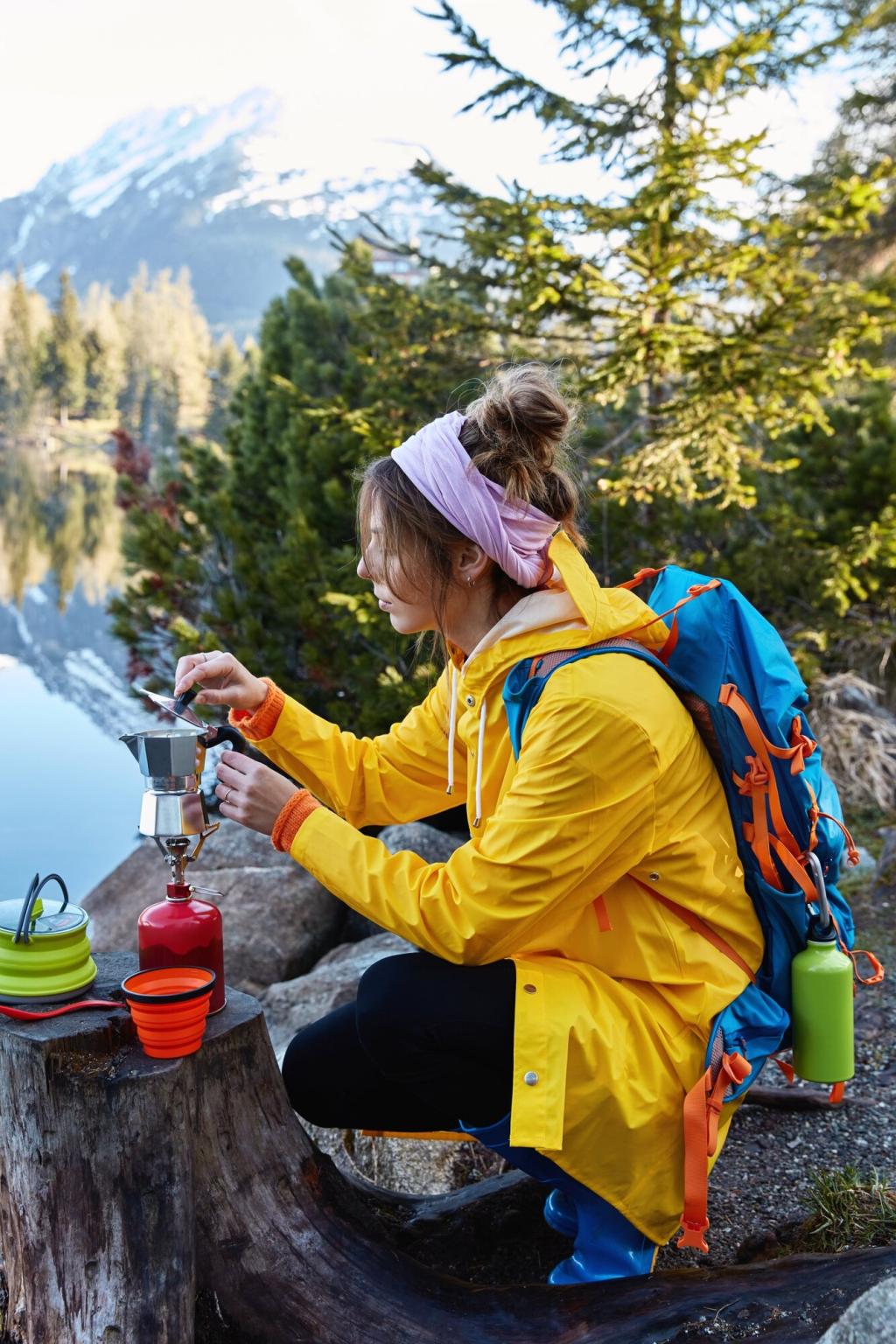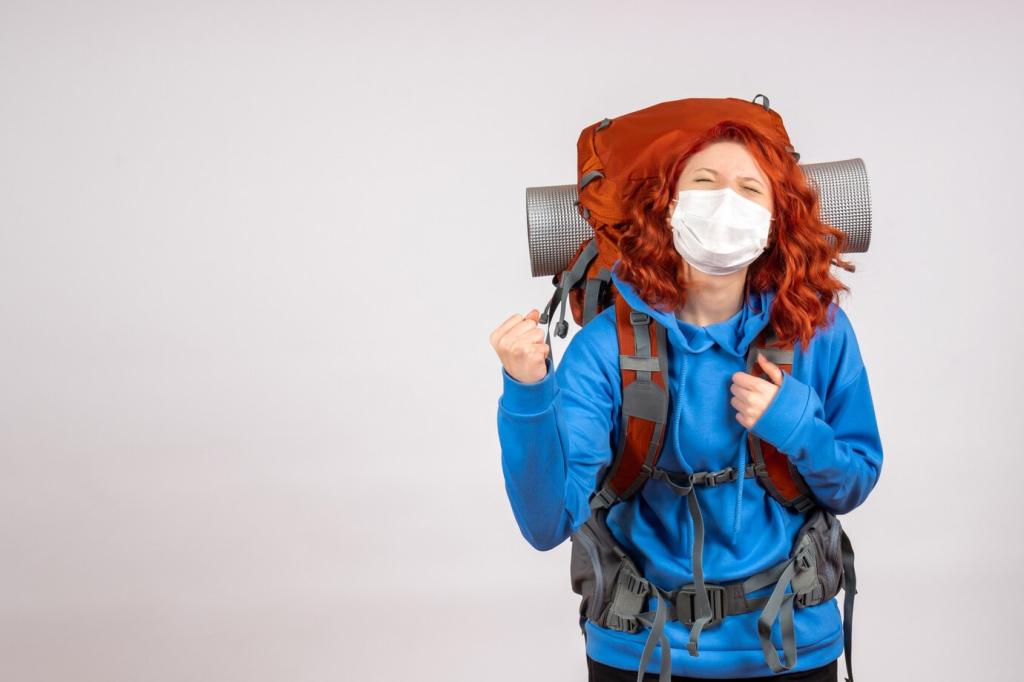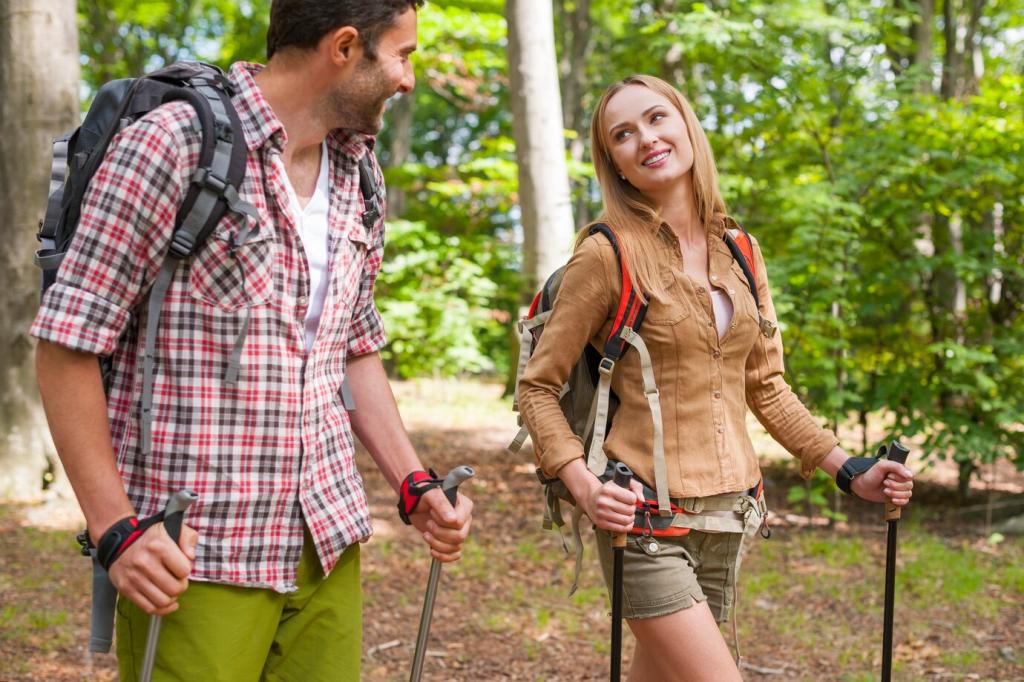Spring: Snowmelt, Avalanches, and Unstable Trails
The snowline climbs with each warm day, but shaded gullies keep winter’s grip much longer. Expect streams to surge in the afternoon as the sun softens snowfields far above. Start early, plan crossings for morning, and share your April and May timing tips with our community.
Spring: Snowmelt, Avalanches, and Unstable Trails
Snow bridges form over creeks and talus, then hollow out from beneath. Cornices hang like sculpted waves, beautiful but deadly when temperatures rise. Test with poles, give ridgelines a wide berth, and check local avalanche bulletins. Comment with your go-to safety checks for spring routes.
